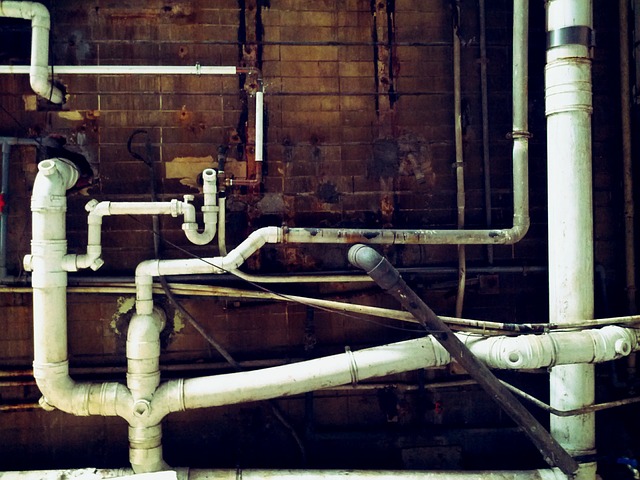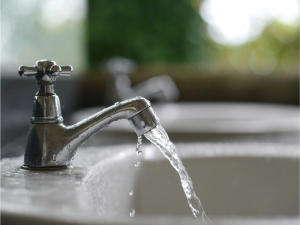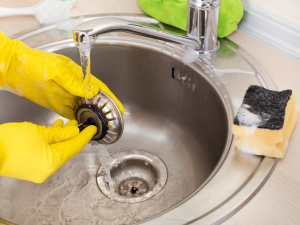Clogs in your sewer drains can occur due to several reasons. It can be because of accumulated oils or grease, food particles, hair, mineral buildup, or tree roots.
When these materials find their way into your drains, you’ll undoubtedly have a problem with the flow of your home’s wastewater. And, whether you have new pipes in your system or old, clogging can occur anytime, and you should be prepared to handle it.
Generally, hydro jetting and snaking are the two most effective unclogging methods for your drains. But, which one is better? Which method will get the job done?
Here are some snaking vs hydro jetting facts to consider.
Hydro Jetting
Invented back in the 1800s, hydro jetting is the older of the two methods. During those years, pressurized water cannons were used in the mining industry to help blast away minerals and dirt. However, almost a century later, this method has found a new use in the plumbing industry.
Just as the name goes, hydro Jetting involves using a high-pressure water jet to blast through and remove stubborn clogs, plant roots, mineral buildup, and more from sewer drains. Plumbers use this effective unclogging method to ensure that your plumbing system is clean and the wastewater drains effectively.
Hydro jetting equipment comes in varying sizes depending on the application, the size of the drain line, and the size of the clog.
The water jet’s pressure in the hydro jetting method ranges from 3,000 to 8,000 PSI — strong enough to remove even the most stubborn clogs.
Pros of Hydro Jetting
• It’s Effective
When it comes to getting the work done, hydro jetting is quite effective. The high-pressure jet blasts any material inside the drains, leaving your sewer line all clean. It is strong enough to cut through and remove even tree roots that infest your sewer line.
• It’s Versatile
Due to the high-pressure jets, the method can be used both in domestic and commercial sewer lines. This means that no matter the size of your drains, hydro jetting is an ideal unclogging method.
Cons of Hydro Jetting
• Excess Pressure
Sometimes, the water pressure from hydro jetting is too much. This means it’s not ideal for use in older, fragile, or broken pipes. These kinds of pipes might fail to withstand such high pressure, leading to more damage.
Fortunately, the method is only used by professional plumbers. As such, they can first inspect your plumbing system and determine whether the pipes are strong enough to withstand the process.
When is Hydro Jetting Not Ideal?
- When the clogged drain line doesn’t contain a cleanout
- If the clogging is inside old pipes
- Where the blockage is only due to a simple, soft clog
However, in all these instances, the hydro-jetting equipment isn’t to blame. It just means that the pipes have outlived their useful life, thus getting weak.
The Snaking Method
When comparing the two methods — snaking vs hydro jetting — we must get a full picture of each to understand the main differences.
Unlike the hydro jetting method that uses high-pressure water jets, the snaking method uses an auger (steel cable) with an electric motor to push it up and down the drain. It also contains some rotating blades at the tip, which pierce through the blockage to clear the way for wastewater.
The electric auger was invented in 1933 by Samuel Blanc and has been a great tool in the plumbing industry. With the rotating blades, it can cut clear stubborn clogs to keep your home’s wastewater flowing.
Over the years, there have been various other inventions of drain snakes that are making a big difference in drain cleaning.
There are several types of snaking equipment, depending on the use or size of the blockage. A plumber can use a top snake, toilet auger, mini-rooter, or large drain snake. All these depend on where the equipment is being used.
Also, some plumbers will use manual snaking equipment while others use an electric-powered one.
Note: If the wrong equipment is used, you might end up creating more problems in your plumbing system.
Pros of Snaking Method
• It’s Effective
Like the hydro jetting method, snaking is also quite effective. The method has passed the test of time, proving over and over to be an incredible drain unclogging method.
• Gentle on Pipes
The method is relatively gentle to your plumbing and causes no damages to fragile and old pipes.
Cons of Snaking Method
• It’s Limited to the Size of the Tip
While its effectiveness is indisputable, the snaking method has its limits. The size of the auger’s tip determines how wide a path it can clear. This makes it just a temporary plumbing fix for some clogs.
You might need to use a more effective sewer line unclogging method later.
When is Snaking Not Ideal?
- When dealing with a major clog
- When removing a clog that has reached deep into the line
- When clearing a drain line full of root infestation
- When unclogging a cast iron drain line with major buildups
- When there is massive grease or oil buildup
Snaking vs Hydro Jetting: Comparison
Each method has its advantages and disadvantages as we’ve seen above. This means that whether you use hydro jetting, snaking, or any other unclogging method depends on the type of blockage, its size, and the nature of your plumbing system (old or new).
When dealing with simple clogs and wanting to do the job yourself, the snaking method is ideal. However, it’s not effective in removing grease clogs or grime that might build up inside your sewer line.
On the other hand, hydro jetting is effective in removing almost any type of blockage in your drains. Whether it’s accumulated grease or oil, a root infestation, or mineral buildup, this method offers a solution.
However, it also has its weaknesses. It is not ideal for unclogging weak, broken, or old pipes. Therefore, before you make the decision on which method to use, consider all these factors. You can also contact a plumbing professional to schedule an appointment.




